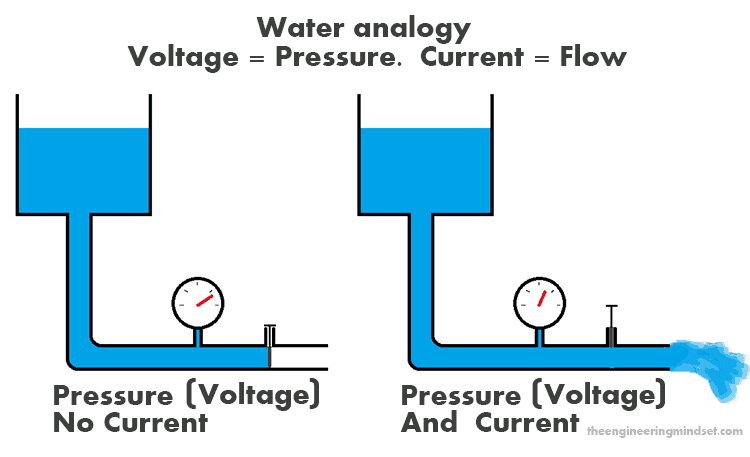Nowadays, information is necessary in improving productivity. Data collection from devices is one consideration point which Phoenix Contact specializes in. As many of you may know, several of our products have been integrated with signal indicators, such as power supply, Ethernet switch, surge protection etc.
A case in point for the benefits of signals would be for redundancy power supply units
Question: Why are signals so important in this particular system?
Answer: Because of dual PSU redundancy system, we always have spare power source in the event that we face problems from one of two power supply units. The purpose of the other device, which remains fully functional, is to provide a backup supply of energy to the system when the other unit fails. So the signal that indicates the non-functioning status of the failed unit can be sent to other systems which are integrated with this system via dry contact or analogue signals.
Case Study
Imagine systems such as QUINT and ORING [Fig – I], under normal circumstances, if the voltage between two PSU is the same level, the ACB function should be activated to balance supplied current to load.

Fig. 1: System diagram when PSU 2 AC power fails
The signals are meant to display that the redundancy and ACB are functioning normally, and it should be indicated via terminal 13/14 and 23/24 to ORING device, connected via wiring. The indicators also show activity from the PSU side. They include terminal 13/14 and the QUINT V4 model not only includes 13/14, but also includes OUT 1 and OUT 2, indicating the current which they supply to load. All signals have been integrated to DCS or SCADA system.

Fig. 2: HMI indication when PSU 2 AC power failed
Every time when the system detect a fault, all system indicators would be displayed through the monitoring system in the user monitoring screen, triggering SMSes or emails to let operators know and respond to that alarm without any need to send someone to go on site and open the cabinet to investigate what the problem is. Moreover, we can use the data logging and monitoring systems to record any incoming signals in an archive; in case that we need to how frequently and when faults happen.
In this scenario, the verification step is eliminated because the root cause will be indicated instantly via the monitoring system. To collect all the data from this system we only need 6 digital inputs and 4 analogue inputs. It is not too much IO in case we have to compare the benefit against the investment cost.
“Prevention is better than cure”
If you have any queries, feel free to contact us!
















